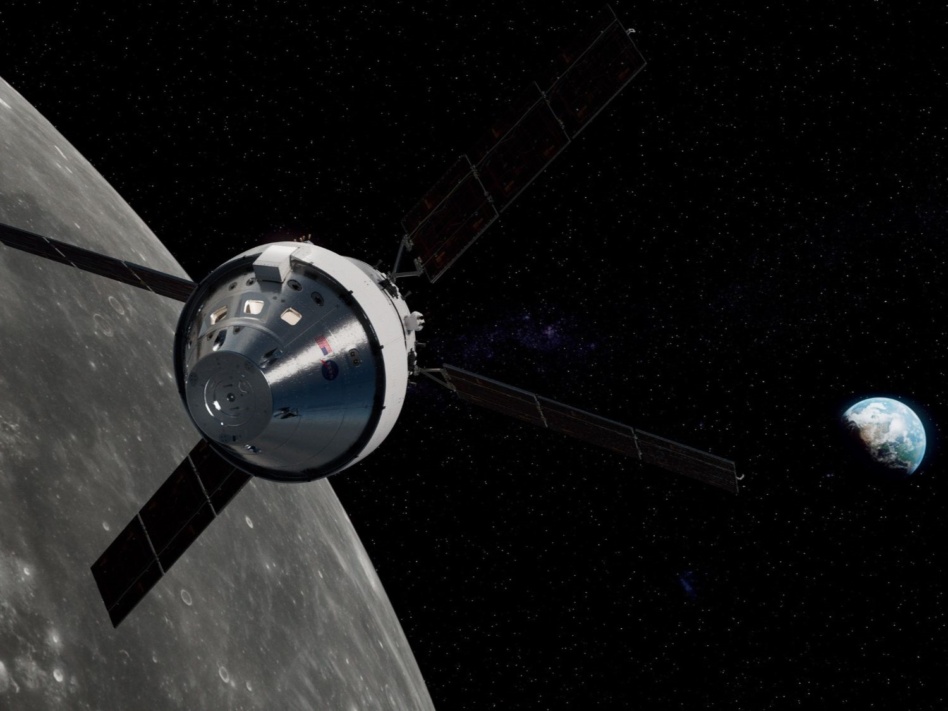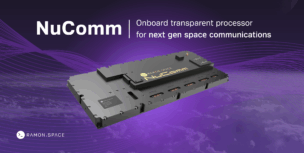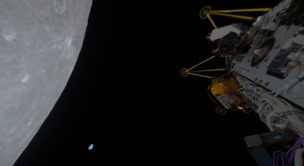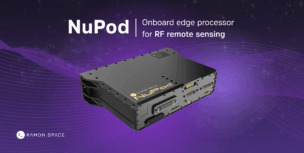When four astronauts climb into NASA’s Orion spacecraft for the Artemis II mission, they will be doing something no one has done in more than half a century: leaving Earth for a journey to the Moon. Behind this historic flight is a spacecraft designed and built with one unmistakable priority—safeguarding its crew every step of the way.
For Lockheed Martin, NASA’s prime contractor for Orion, that responsibility has guided every decision across years of design, innovation, testing and assembly. It is a cutting-edge vehicle built for the most unforgiving environment and the only exploration-class spacecraft designed to take humans into deep space.
Preparing for Artemis II
Slated as the first crewed flight of the Artemis campaign, Artemis II will put the Orion spacecraft to the test with astronauts on board. The mission will send a crew of four on a lunar flyby lasting 10 days, proving the spacecraft’s readiness before astronauts set foot on the lunar surface during Artemis III.
Safety begins well before liftoff. Every system, from propulsion to heat shielding, is designed around the fundamental principle that astronauts must be able to return home safely.
During launch. With the hope that it will never be used, Orion is equipped with a Launch Abort System (LAS), a tower-like structure mounted atop the spacecraft that can propel the crew module away from the rocket in milliseconds should an emergency occur during launch.
In deep space. Orion’s systems will keep the astronauts alive and well. Its environmental control and life support systems regulate cabin temperature, remove carbon dioxide and ensure breathable air. Radiation protection, robust avionics and redundant power systems all layer together to protect against the unknowns of deep space.
Orion also incorporates autonomous flight software that can navigate and course-correct even if communications with Earth are temporarily lost. Its European Service Module, developed by the European Space Agency, provides power, propulsion and consumables to sustain long-duration missions. Together, these systems form a web of safety and reliability.
Back to Earth. Finally, as Orion plunges back through Earth’s atmosphere at speeds exceeding 25,000 miles per hour, the thermal protection system must withstand temperatures of up to 5,000° Fahrenheit, half as hot as the surface of the Sun. To meet that challenge, Orion employs the largest heat shield ever flown on a human-rated capsule, using a proven ablative material called AVCOAT® to disperse heat and shield the crew.
Innovation for Deep Space
Orion is not simply a spacecraft for lunar missions. It is the foundation for humanity’s long-term exploration of deep space. Its systems are designed to handle missions lasting months or even years, opening the door to voyages far beyond the Moon, such as Mars.
The spacecraft’s advanced guidance and navigation systems, for example, allow for precise operations in the vast expanse between Earth and the Moon, where gravitational forces from multiple celestial bodies can complicate flight dynamics. Its design also means Orion can evolve alongside future missions, serving as a cornerstone of NASA’s exploration architecture.
Looking Ahead
As the Artemis campaign advances, Orion will remain a vital vehicle in humanity’s quest to explore and settle the Moon and beyond. Each mission will refine technologies, expand capabilities and bring the day closer when footsteps will again mark the lunar surface. But the core tenet remains the same: astronauts can only go as far as their spacecraft will safely take them.
With Orion, that foundation is strong. And when the crew of Artemis II gazes back at Earth from a quarter-million miles away, they will do so knowing their spacecraft was built for exactly that moment—a union of innovation, safety and the enduring human spirit of exploration.
AVCOAT is a registered trademark of Textron Innovations, Inc.




